
Valley of Fire
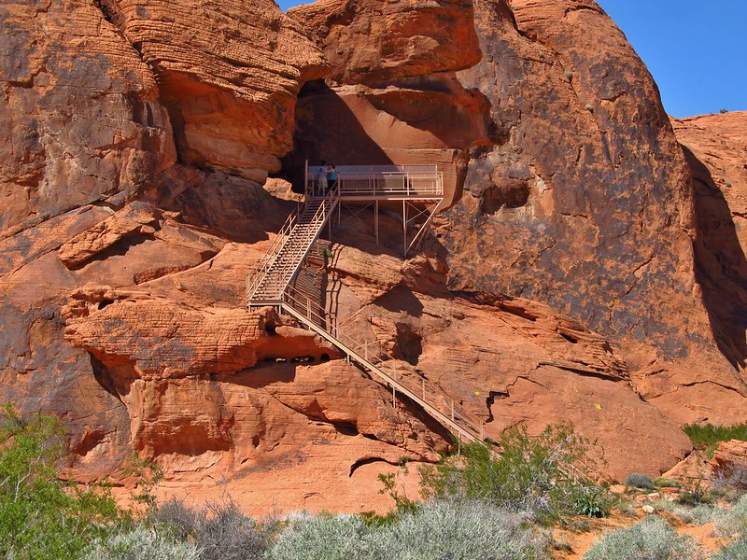
Atlatl Rock.
"Valley of Fire State Park" by Jasperdo is licensed under CC BY-NC-ND 2.0.

White Domes.
"Valley of Fire White Dome Trail slot canyon" by M. Orchard is licensed under CC BY-NC-ND 2.0.
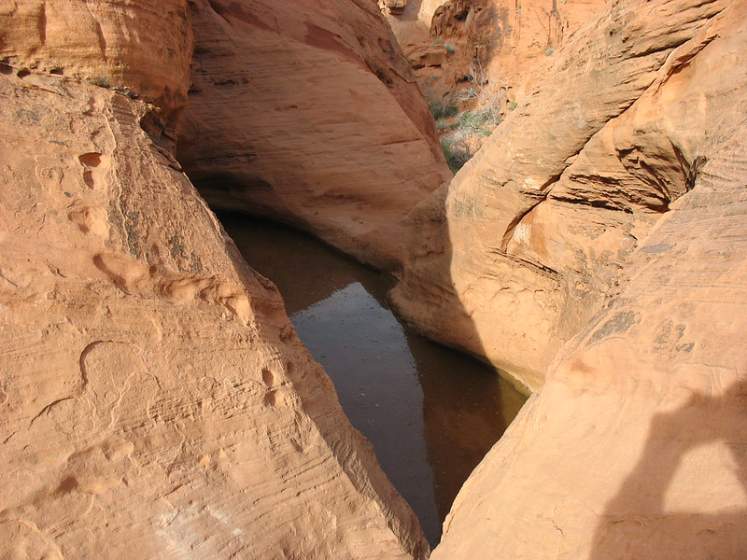
Mouse's Tank.
"Mouse's Tank" by teofilo is licensed under CC BY 2.0.
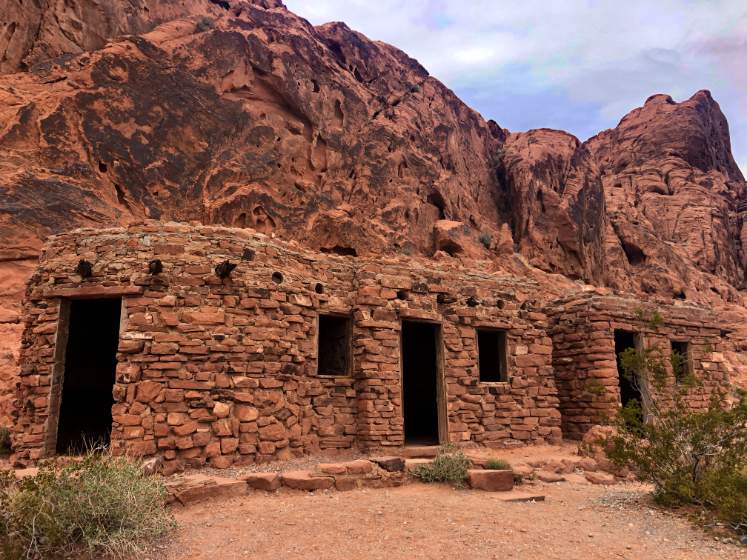
The cabins were built in 1935 by the Civilian Conservation Corps for travelers of the Arrowhead Trail.
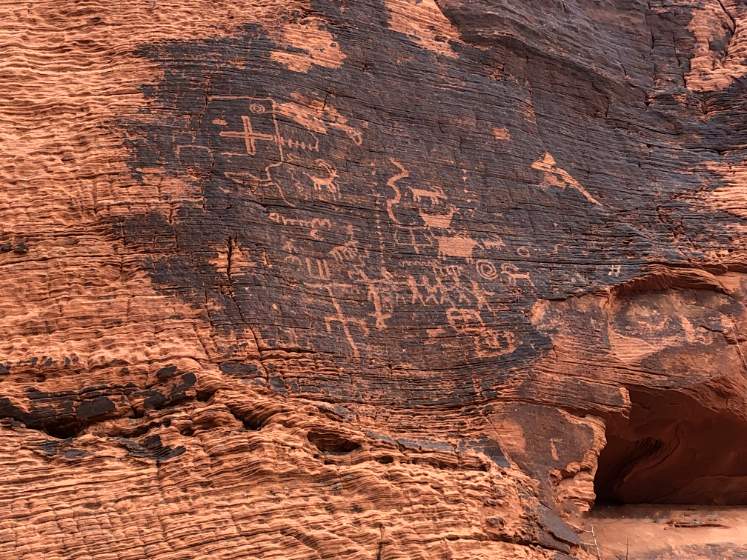
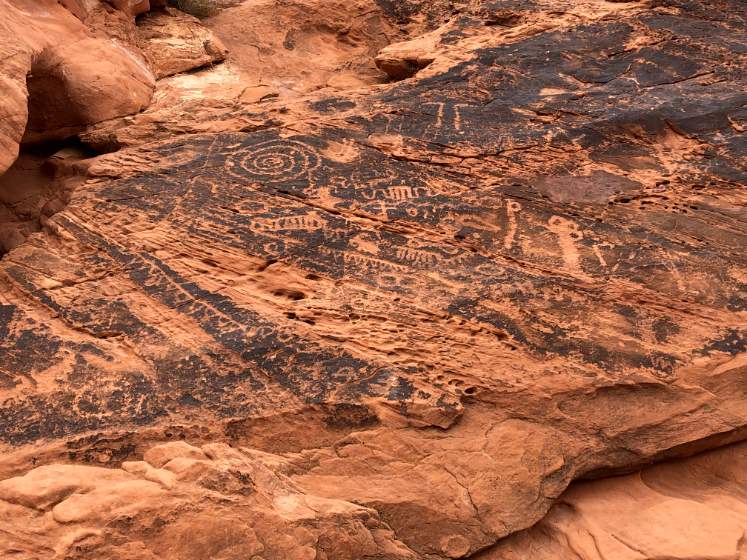

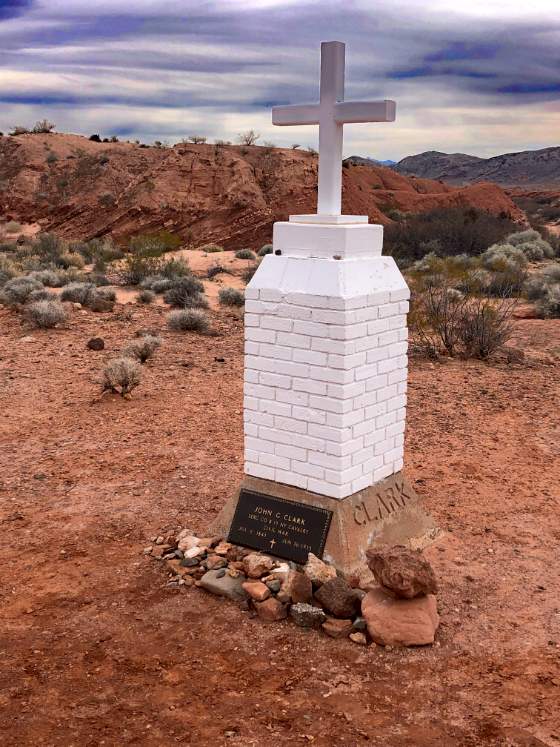
"Along with most Americans, Nevadans by the 1920’s began to demand greater access to the outdoors, precipitating early efforts on the part of the legislature to designate state lands for recreational use. Building on those efforts, a 1931 land exchange transferred 8760 acres of federal land to the state of Nevada.
In 1934, that land was officially dedicated as Valley of Fire, Nevada’s first state park. The following year, Nevada’s legislature established this and three other parks at Beaver Dam, Cathedral Gorge and Kershaw-Ryan. These parks owe much of their early infrastructure to the work of Civilian Conservation Corps crews led by Thomas W. Miller of Reno, who also served as the first chairman of the State Parks Commission.
By 2015, Valley of Fire State Park had grown fourfold, and is recognized internationally for its outstanding scenic, geologic, and archaeological features."
(Nevada Historical Marker 150)
"Mouse's Tank is named for a renegade Southern Paiute Indian who gave other indians and settlers in this region great trouble during the 1890's. One of his favorite hideouts was this wild and inaccessible canyon. The "tank" is a stream worn basin hidden among the rocks which traps and holds precious water during long dry periods."
(Valley of Fire State Park)
"John J. Clark was born in Canada in 1844. He enlisted as a private in Company F of the New York Infantry in 1862, serving actively in the Civil War. After being shot in the hand and contracting typhoid fever, he was honorably discharged 6 March 1863 as a sergeant in Company B of the New York Calvary.
Following his discharge, Sergeant Clark emigrated to Southern California. While traveling from Bakersfield to Salt Lake City on a buckboard, he stopped near this spot [Valley of Fire], tied his horse to the back of the wagon and wandered around, possibly looking for water. Eventually, he crawled under his buckboard and died, presumably from thirst, several days before his body was found 30 June 1915."
(Valley of Fire State Park)
Listed as a National Natural Landmark in 1968.
Valley of Fire Road and White Domes Road are listed as Nevada Scenic Byways (1995).
Located at 29450 Valley of Fire Road, Overton, Nevada.